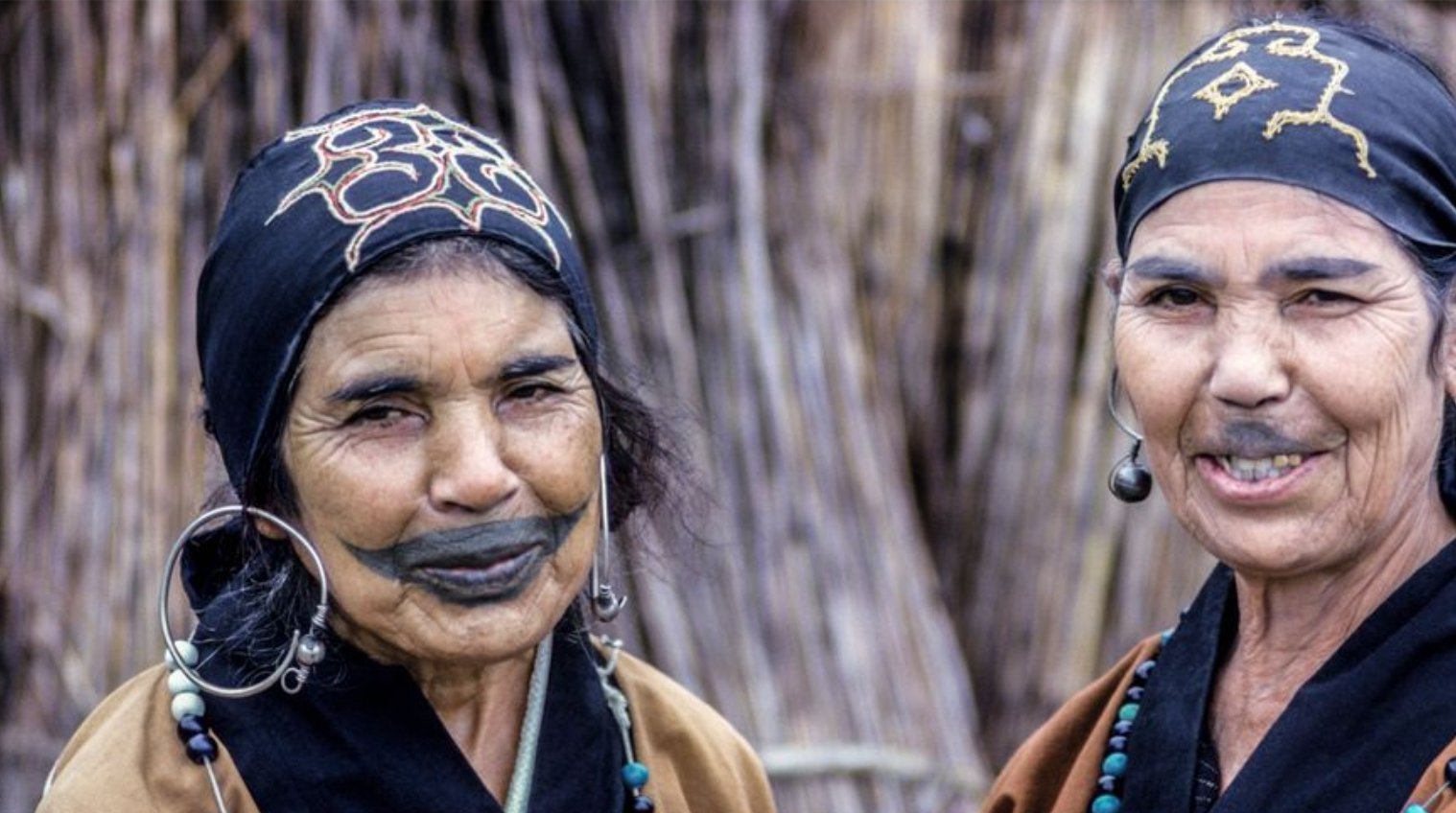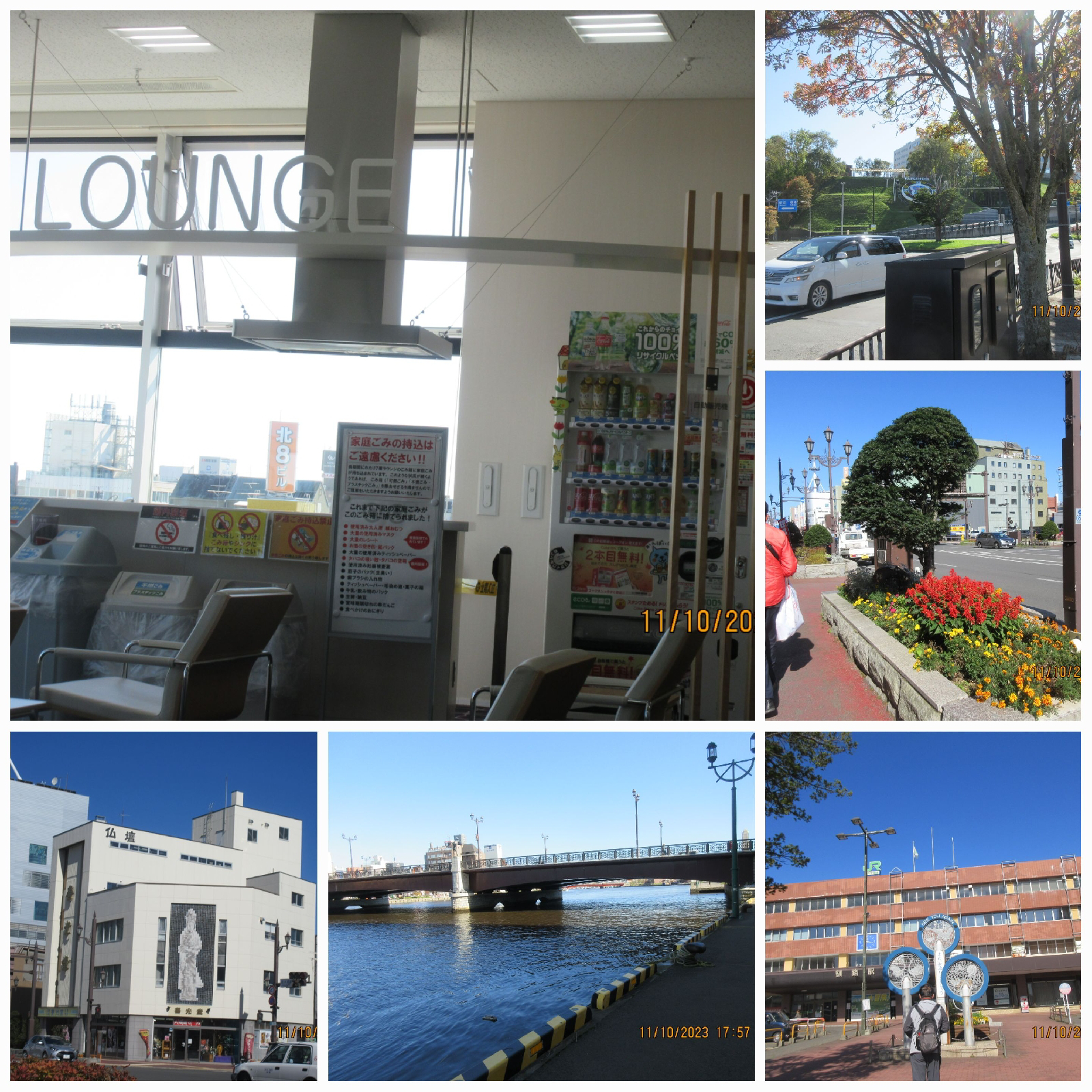Obscure Japanese tribes
You probably have heard of the Ainu of Japan. I ,too, have heard of them but as the outcasts of Japan. The largest population of Japanese outside of Japan lives in Sao Paolo, Brazil. We know they were little known Japanese tribes that had to escape poverty and oppression during the Edo period.
Hokkaido
One of our ports of call in a recent trans-Pacific crossing was Kushiro. This city lies on the Western Coast of Hokkaido, the second largest of the 14000 odd islands making up the archipelago that is Japan. We have been to Otahu on the Eastern coast and been impressed by the brick buildings, the gas lights and steam operated clock( referred to in a an earlier post), and how trade with the West left architectural influences.
Kushiro: Cranes in the backyard of Japan
As always we attend a lecture on the port and that is refreshing since it is more of an eye opener especially because it gives us a history and geography of the area rather than simply being a sales pitch for shore excursions.
Hokkaido is a natural reserve. The swamp that revived the almost extinct ubiquitios Japanese cranes, is a result of the sea receding. A river and stream snake through the reserve which also has a lake. It is also the island which is the backyard for Japan in that most of the fruits and vegetables in the country are grown here.
Not so homogenous as we believe
The indigenous people of Hokkaidao are the Ainu
At puberty, and after, they tattoo around their lips. They used to dress in traditional skirts and tops made of treebarks, feathers and leather . Were they fairer skinned? They were hirsute. They were very unlike the population in the rest of Japan, fair and smooth skinned.
Considered uncivilised, the Edo government imposed strict orders for the tribe to adopt the mainstream Japanese way of life but the Ainu were not amenable to modernisation . Intermarriage worked to a small extent . Consequently the Ainu became downtrodden and marginalised.
Attempt to assimilate
What do you do with a tribe that you want out of the mainstream? Move them all to an island furthest north, where they can continue with their traditional customs and cultivation and be the buffer island between Russia and the rest of Japan. They have since modernised and kept up with the rest of the country but the city of Kushiro does seem very quiet and sparsely populated.
Although there are still an estimated 24,000 Ainu living in Japan, reports claim they remain a marginalized people suffering from the long term subjugation, and loss of identity.
MOO, EGG: Dairy and poultry?
Our shuttle from the port drops us at M00. Its a market, a Fisherman's wharf. No cow's. Visitors are going bonkers over the Japanese snacks available. There are some cultural artifacts -- wood carvings - available. Many are just enjoying ramen and rice with a selection of fresh seafood. We can only bear the odors for a bit before we leave to explore the very quiet town. We walk their landmark bridge crossing the River. We see a park, but looking at the number of stairs to climb up to it, we'd rather stay on the waterside and imagine the residential area up on the hill, since we don't see any resident up and about even though it's almost noon.
Just beside the MOO is EGG, Ever Green Garden, an egg shaped glass dome that houses a temperature controlled park. it's greatest attraction for me is an apple tree about my height and size bearing more that ten good sized green apples. A table laid out with containers of various sizes and shapes wrapped beautifully in printed scarves saved the day. The women standing around the table invite me to try wrapping a bento box. They delightedly giggle at my attempts.
That done we walk the streets,arrive at the library,go up to the 7th floor lounge. The girls at the desk helpfully hook us to the WiFi. The lounge gets a few more people who select food from the vending machines, lunch and then leave. Others eat from their bento boxes packed from home. Everyone is absolutely quite.
The streets are lined with lamp posts and manhole covers adorned with crane motifs. The arterial road leads us to the JR station, the church, a Pachinko arcade and more. But few people are out and about.
When we enter a market, we see where all the action is. This is the market where you purchase a bowl of rice and then go around all the stores and pick want you want to add to your rice or your noodles. That is the highlight of most visitors to the city.














No comments:
Post a Comment
Comments are welcome